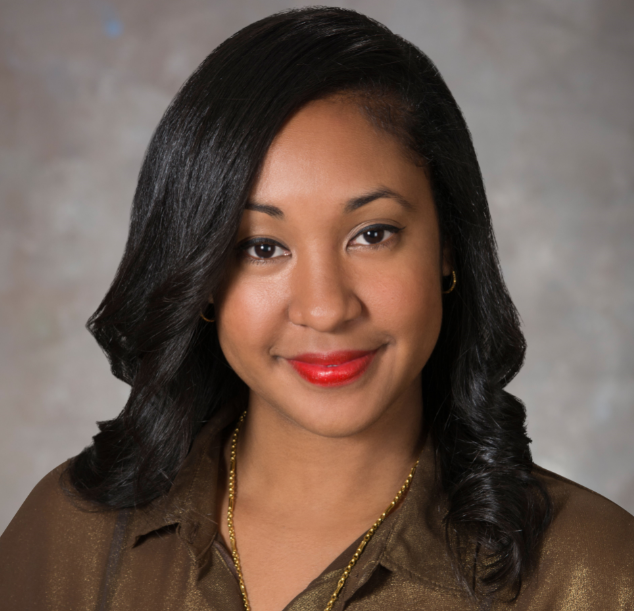M.A.H.P. Anniversary Series: Katherina C. Paliwoda, M.A.H.P. ’16
In the past six years Katherina C. Paliwoda, M.A.H.P. ’16, has been in the historic preservation field, she has seen more efforts to educate the public on the benefits and incentives of preserving historic structures and places.
To celebrate the M.A. in Historic Preservation Program's 25th anniversary and the success of its alumnae/i, the Welch Center will be interviewing some of the program's graduate to gain insight on what they love about the program, what they learned in the program, and how they are working to preserve places in a rapidly changing world.

What excites you most about the field of historic preservation?
The architecture. I love seeing all of the pride and craftsmanship that went into the structures. I also love the stories that come from their purpose of construction and how they came to be significant parts of history to us.
What is the most interesting/unusual/challenging project you’ve worked on?
As a preservation planner for the city, one of the first projects I had the opportunity of reviewing was the renovation of a single-family residence that was built by Paul Rudolph. It was the first and only project I worked on to date that was built and designed by a nationally known architect.
What is your favorite thing about the M.A.H.P. Program at Goucher?
My favorite (and most important) thing about this program was the connections I made from it. I can genuinely say I have made lifelong friends from my classmates, who have also proven to be wonderful resources in times when I may need another option or have questions on preservation-related issues.
What is the most important thing you have learned from the M.A.H.P. Program?
There were many aspects of the program I found to be important. Learning the history of urban development was one thing that as a planner, I can relate to on a regular basis when applying our regulations, I can understand why and how these came to be.
How has the field of historic preservation changed over the years?
In the six years I've been in the historic preservation field, have seen more efforts to educate the public on the benefits and incentives of preserving historic structures and places.
How are you working to preserve places in a rapidly changing world? What are the challenges in doing this work?
Our current challenges deal with sea level rise and whether raising our historic structures is going to be an appropriate solution, while we are also working to keep our height restrictions within our historic districts down. We are also fighting a lot of inappropriate development on vacant or non-contributing sites, as well as alterations to contributing structures within our districts. Making sure our Historic Preservation Board is using the tools we have (Secretary Standards, City's Historic regulations and guidelines) to ensure they make the most educated decisions when it comes to preserving our structures and districts.
What historic places do you want to see preserved in the years to come? Why?
I would like to see more Main Streets (historic downtowns and commercial districts) preserved throughout Florida. Many are not listed nationally or locally and don't have the proper regulations through their local governments.
In your opinion, what is the future of the historic preservation field? Where would you like to see the program in the next 25 years?
I would like to see historic preservation as an integral part of conservation and sustainability movements. There are still so many who don't understand how the benefits of historic preservation can be important to the future of our world.